As far as I remember, reading, for me, is the most boring thing. Everyone I know in my circle dislikes reading books. Maybe it's because I'm from India (a 90s kid), where we weren't taught to read books; instead, we were in a race to win a rank I hated. I always chose my passion over rank, despite the circumstances. However, this generation (Gen Z) embraces books even as the digital world grows like never before. So, there's something important I must say: information in books, without distractions, can lead to becoming a good designer and provide insights that the web or any digital platform can't offer.
I have personal experience with this. The information shared by some top designers, who may have left us in the 21st century, is amazing. I'm not surprised to see people like me, who initially hated reading, start to read because the information in these books is mind-blowing. While you may find information over the internet in bits and pieces, the information and examples from well-known brands can create some of the best case studies you will ever find, especially if you are a new designer or a student who has just started the design life.
Like the other top 10 series in this article, I'll share the top 10 books I've finished and found to be the best in class. There's a chance you may or may not like these books, depending on the type of interest you're looking for. However, I can ensure that you will discover some points you will never find online, even if you spend ten years consuming video content.
Even before diving into a book, I'm more curious about the author – where they're from, what they're passionate about, and the experiences that shaped them. It's kind of like getting a sneak peek behind the scenes. But here's the tricky part: finding this info can be a bit of a challenge. It's not just sitting there on the internet, waiting for you. If you're lucky enough to find it, you might end up scrolling through social media feeds for ages. The older crowd might have some insights into the author, especially if they've read the same book. But for newbie designers like me, having a background on the author in each book can be pretty helpful.
I will also share the index for each book to give you an idea of the chapters you will find inside. The respective authors copyright all index content.
Let's Start 👇
01. How to Use Graphic Design to Sell Things, Explain Things, Make Things Look Better, Make People Laugh, Make People Cry, and (Every Once in a While) Change the World
→ By Michael Bierut
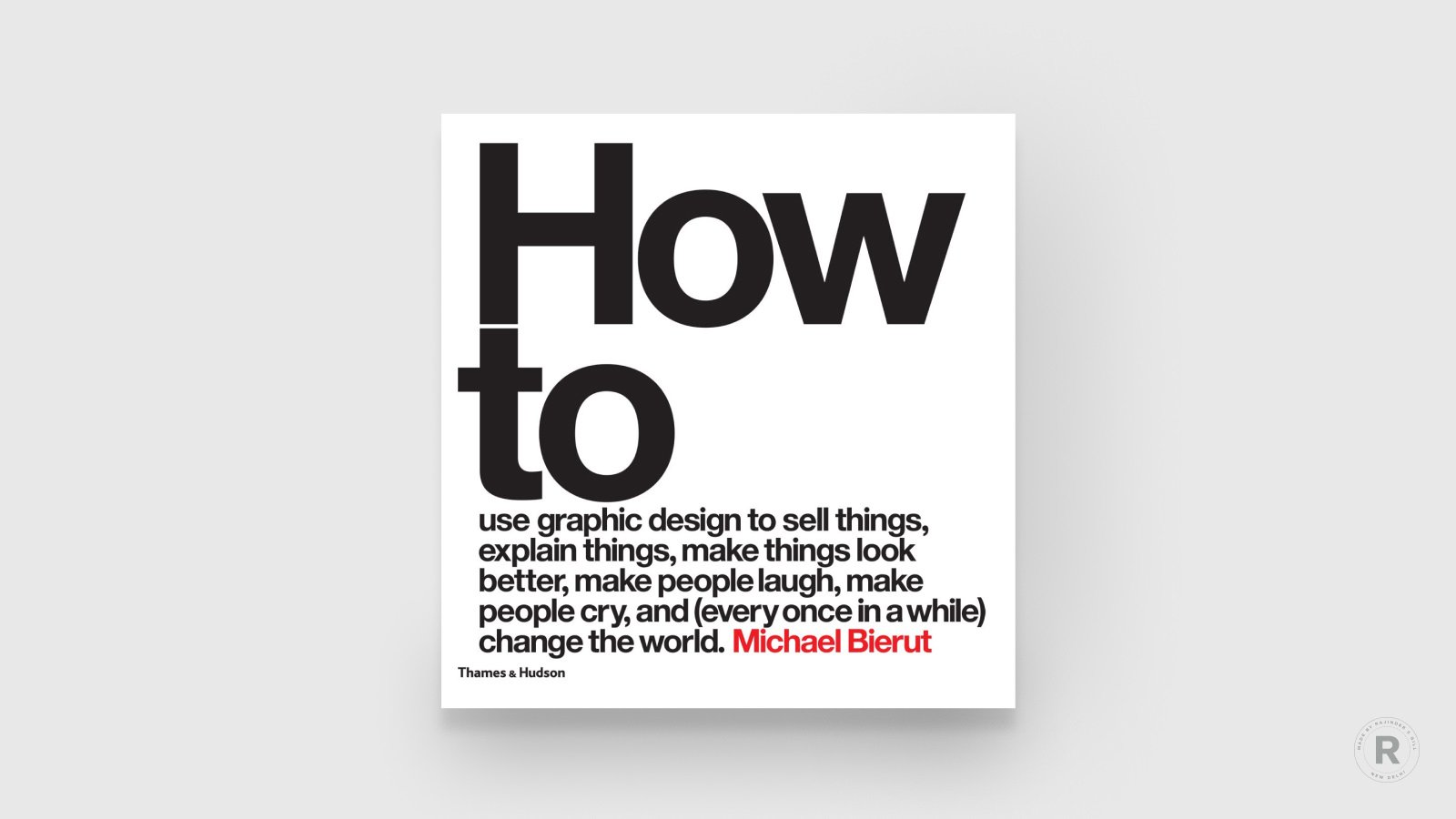
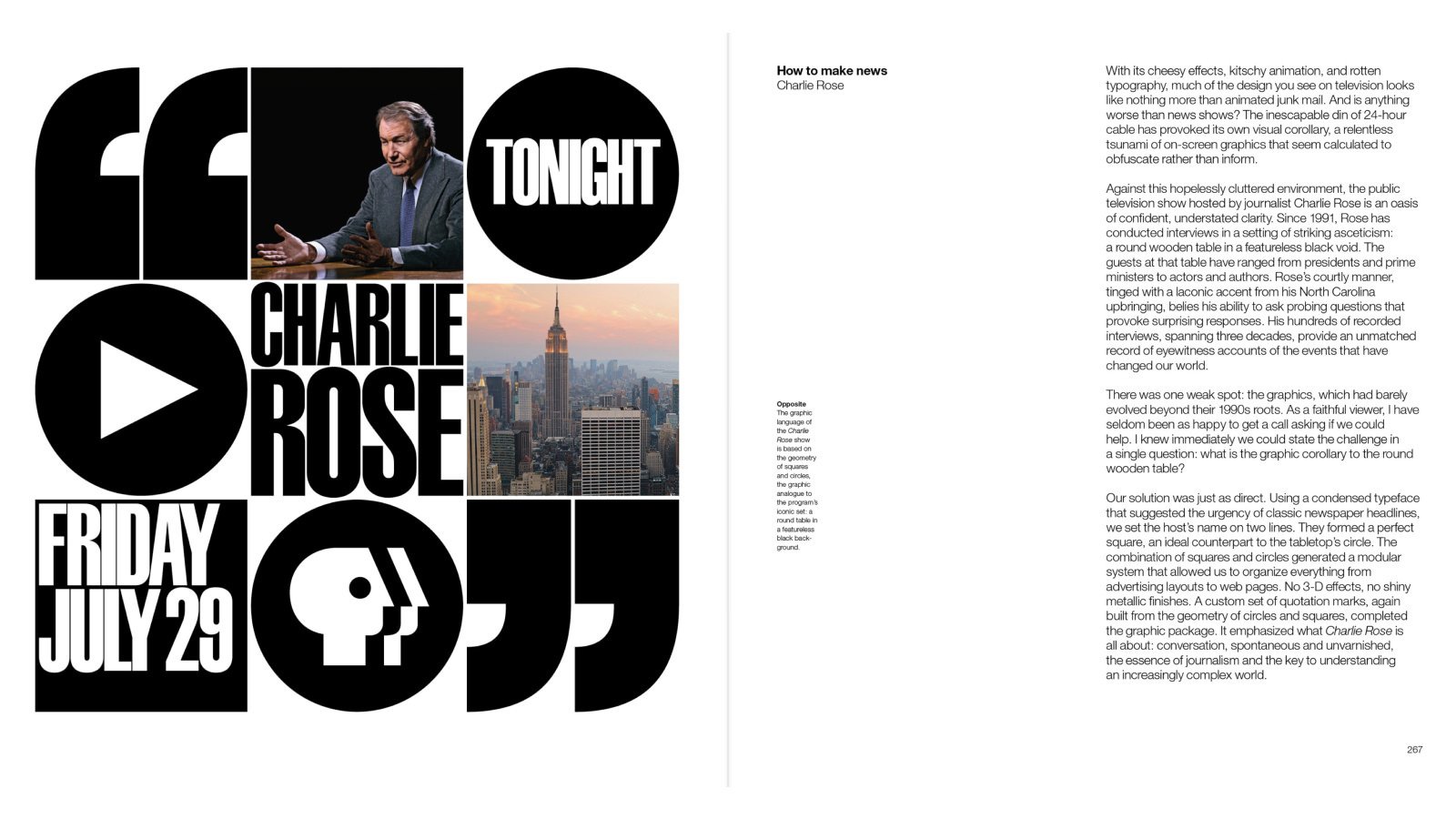
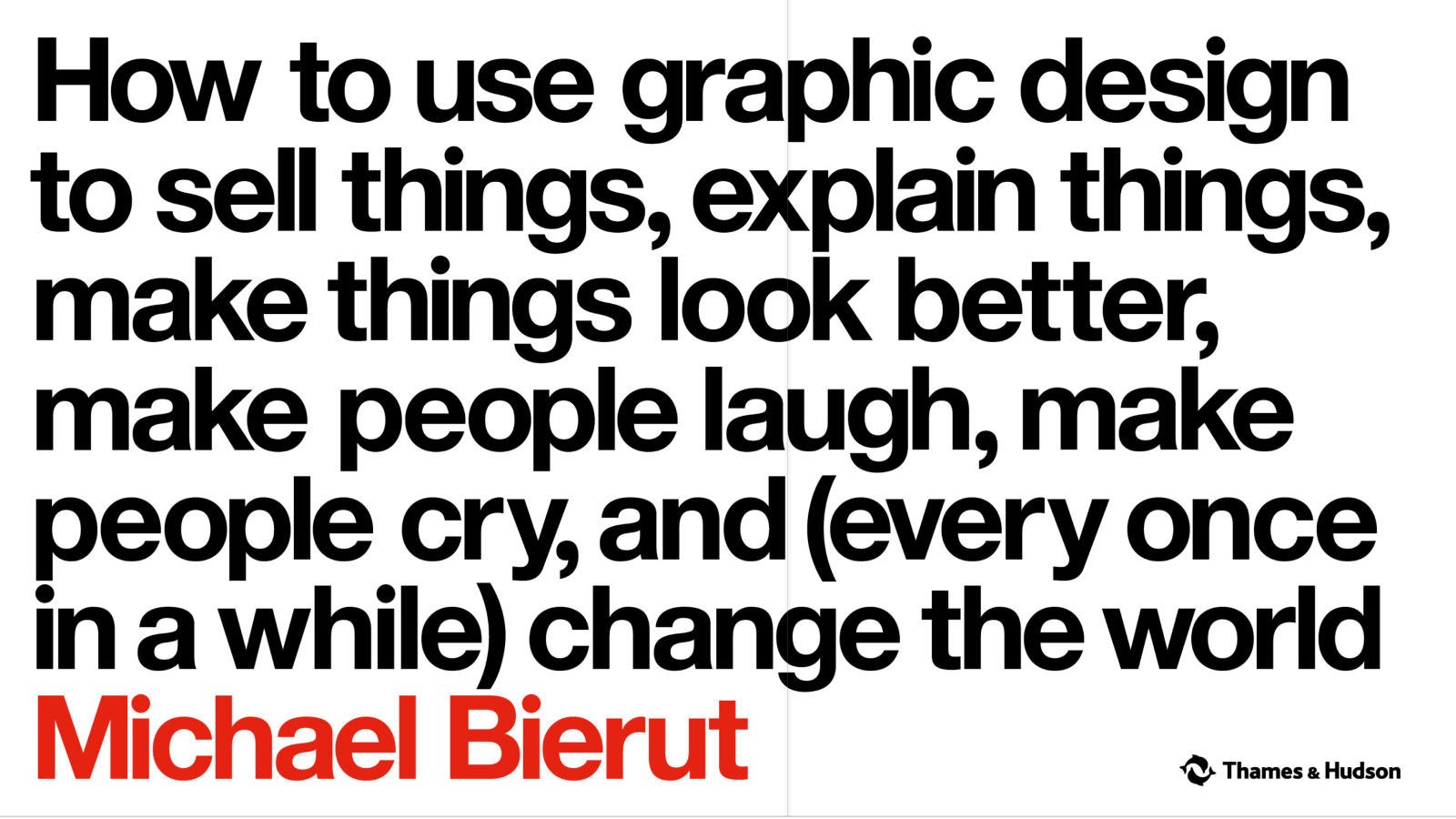
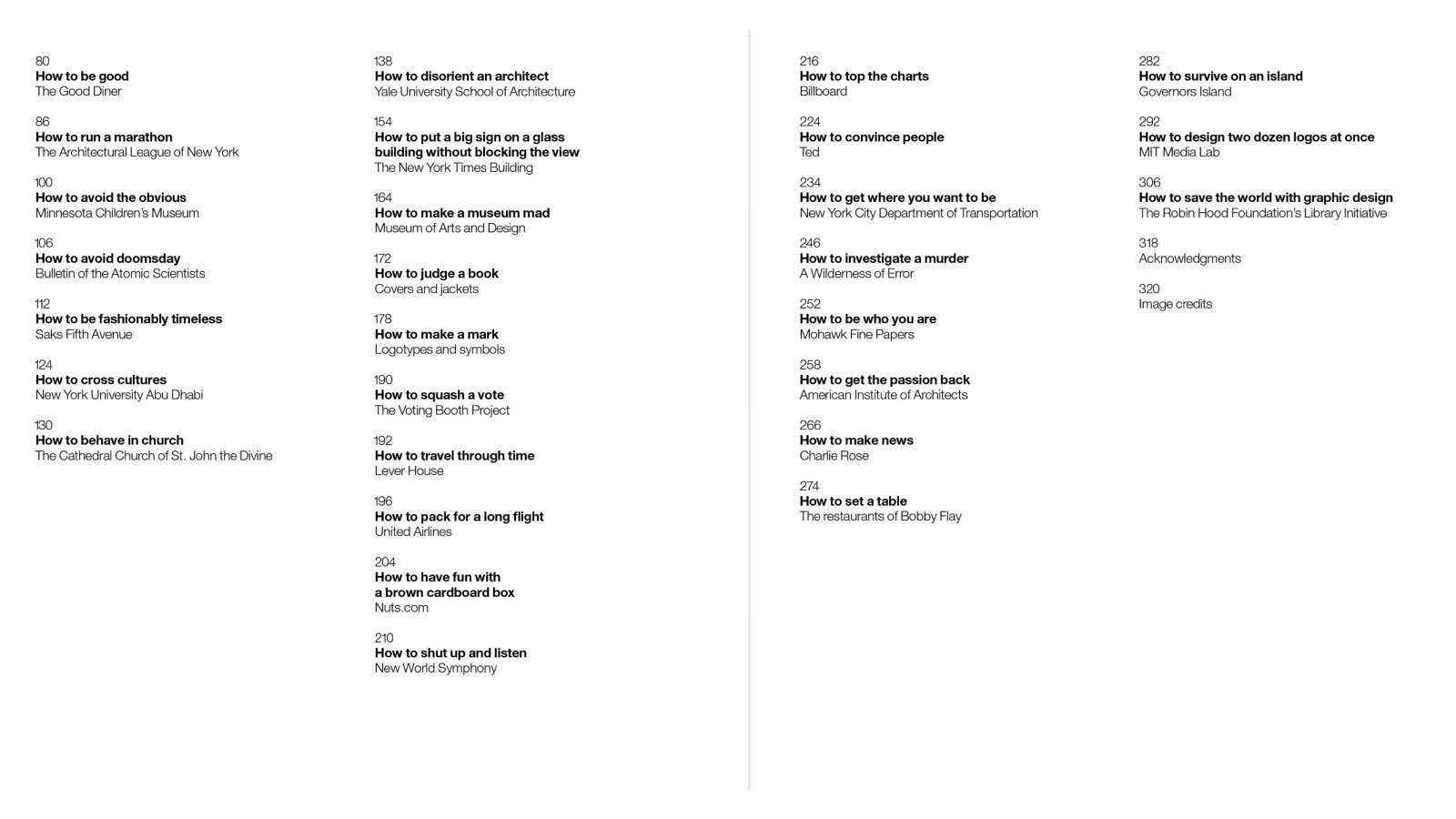

How to be a graphic designer in the middle of nowhere
In this book, Michael Bierut covers pretty much everything a designer needs to know about the topics in the index. There are many cool pictures and graphics so that you won't get bored. I've included some of my favourite pictures in the gallery.
Michael Bierut takes us on a journey into the world of graphic design. In simple terms, the book explores how pictures, layouts, and designs can serve various purposes in our lives.
Bierut shares stories and examples to show how graphic design is like a superhero (AI is laughing) that can help sell products, tell stories, improve the look of things, and even evoke different emotions in us. Whether creating an eye-catching advertisement, designing a beautiful poster, or making a funny cartoon, graphic design influences our choices and feelings everywhere.
" Inspiration is for amateurs.
— Chuck Close
The rest o f us just show up and get to work. "
The author also emphasises that graphic design isn't just about making things pretty; it's a powerful tool that can bring about positive changes in the world.
At this stage, my thoughts about India, my country, have completely changed. One hundred things can change people's lives—graphics like street signs, names over shops, symbols for railway stations and bus stands, the correct signs on the road, aids for the visually impaired, and even the design of manhole covers. The basic design can improve people's lives in crowded countries like India. (But… It's not a priority.)
About the Author of ‘How to Use Graphic Design’
02. Work for Money, Design for Love
→ By David Airey


Answers to the Most Frequently Asked Questions About Starting and Running a Successful Design Business
Are you a designer thinking about being your boss? If yes, David Airey has a book for you. It covers all the basic questions you might be wondering about before leaving your current job or while sitting at the same company, reading this article on the company laptop, desktop, or some fancy device they provided 🙂 Questions like: How do I find new clients? How much should I charge for my design work? When should I say no to a project? How do I handle difficult clients? These are some basic questions every designer has probably thought about at least once. Whether you've had disagreements with your boss, you like your company's culture, work-life balance, or anything else you can think of, this book might have the answers for you.
03. Thinking with Type
→ By Ellen Lupton

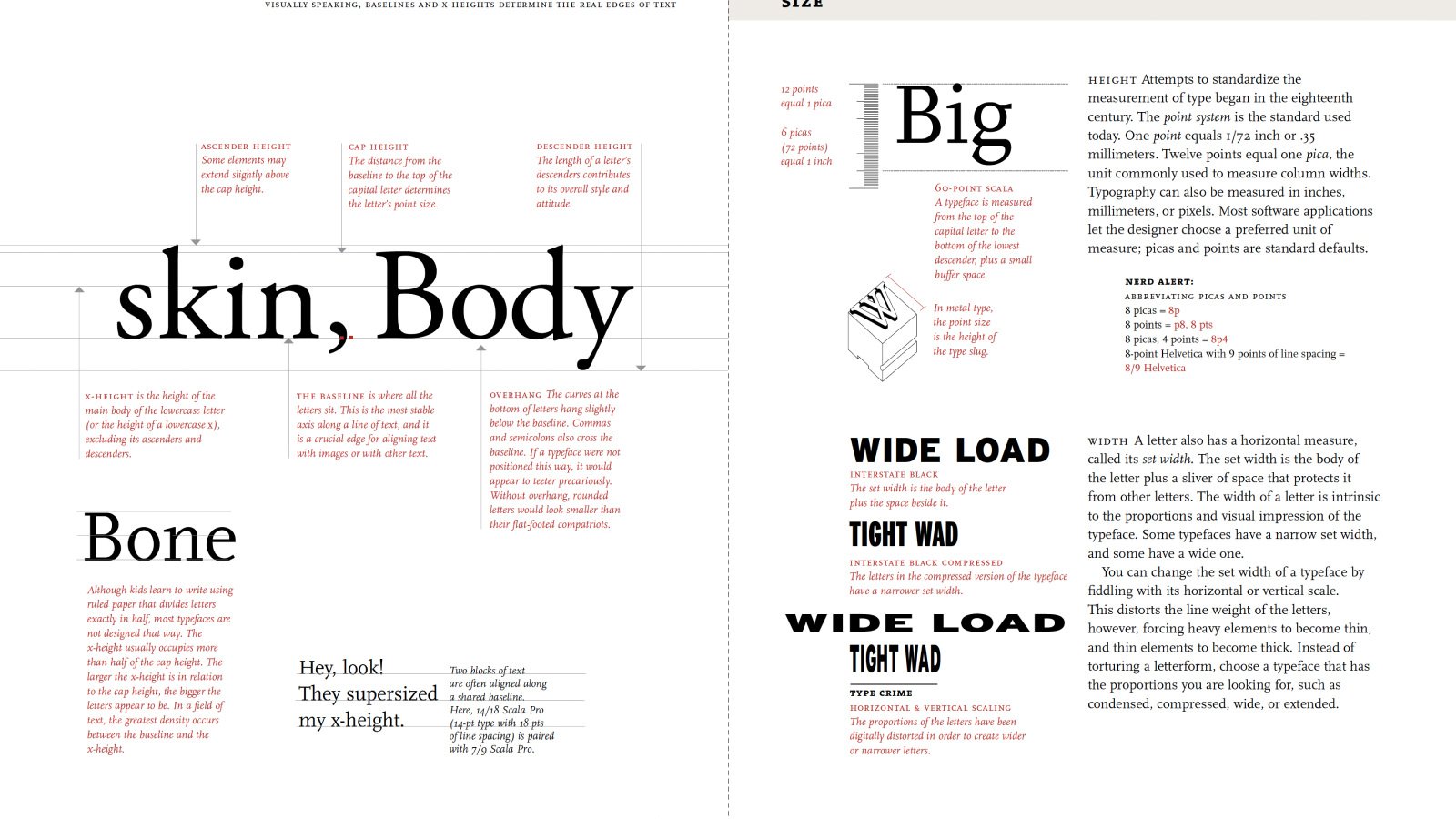
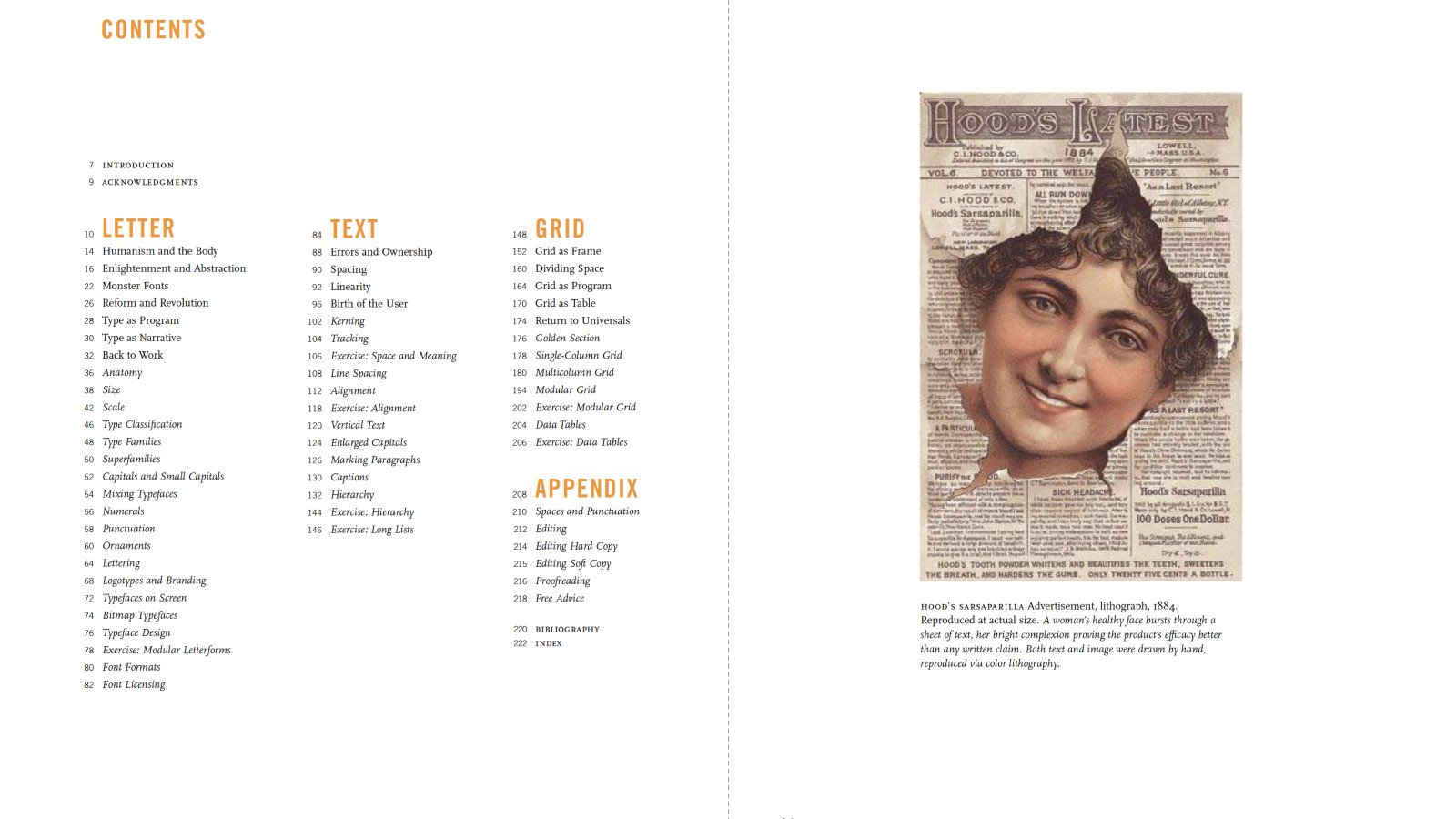


A Critical Guide for Designers, Writers, Editors, & Students
Ellen Lupton, a typography instructor at the Maryland Institute College of Art (MICA) since 1997, explains that the inspiration for the first edition of her book stemmed from the lack of a suitable textbook for her type classes. Striving for a balance between classical and comprehensive approaches, Ellen aimed to create a serene and intelligible book that seamlessly collaborates with design and text. Desiring a compact yet comprehensive handbook reflecting the diversity of typographic life, the author emphasises the book's relevance across various visual design media. Failing to find an alternative, she decided to write the book herself.
The book covers many typographic principles and practices, offering detailed insights into kerning, small caps, non-lingering numerals, punctuation, alignment, and baseline grids. The updated edition expands on these topics and introduces new ones, including styling drop capitals, understanding optical sizes, and clarifying terminology, such as the difference between "typeface" and "font."
Save yourself some embarrassment and learn to use these commonly abused terms correctly.
- Typeface or font?
- Character or glyph?
- Roman or Roman?
You will find answers to all questions in this book.
Switching to the early days of the internet, designers were initially limited to using only the fonts already installed on users' computers. However, advancements have made it possible to include new fonts on websites. A robust solution is necessary to prevent font theft and ensure uniform appearance across all screens.
I have conducted hundreds of interviews in India, assigning numerous tasks to the candidates. I have rarely encountered designers who can achieve a hierarchy in typography and make it visually appealing. Both new and experienced designers tend to use multiple fonts, employ ten different font sizes in a single piece, and disregard proper spacing between headings and paragraphs. The line height and overall arrangement are often completely out of place. It's worth mentioning that some new agencies in the Indian market are making commendable progress, excelling in typography, fonts, and overall visual aesthetics. However, for designers, I would highly recommend this book to Indian designers who can learn a lot from it, especially when starting with the basics.
04. Designing Brand Identity
→ By Alina Wheeler
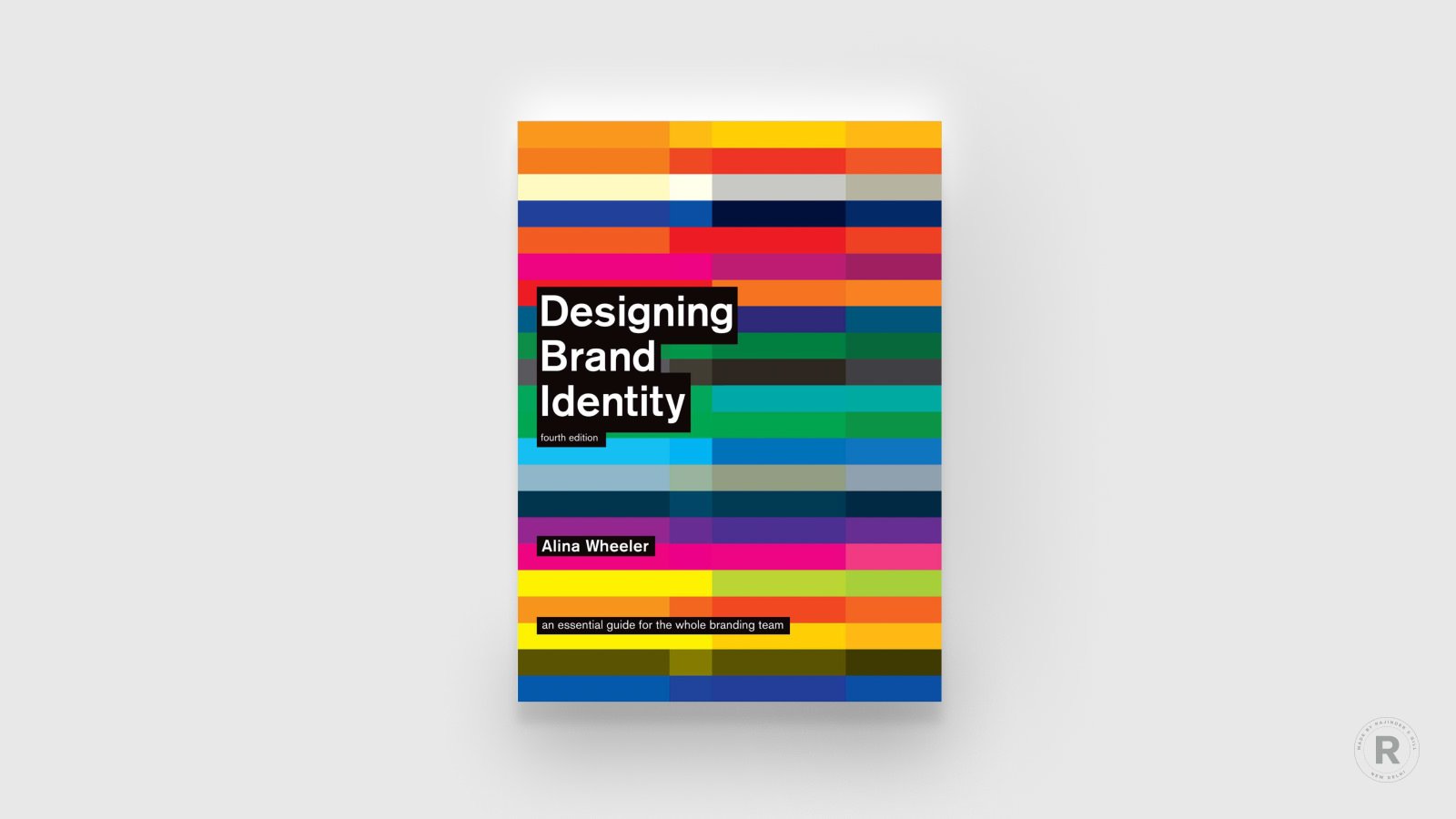
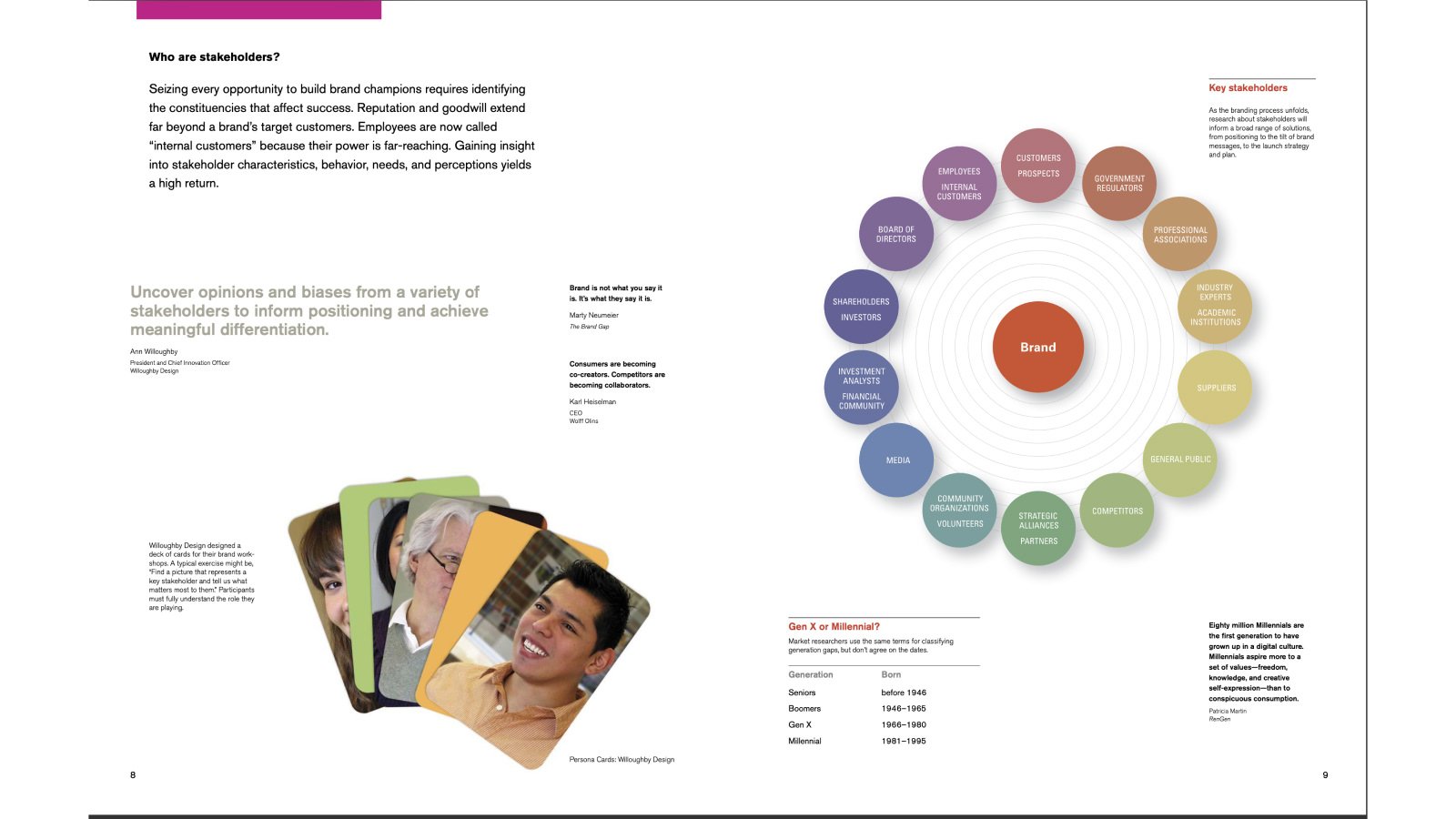
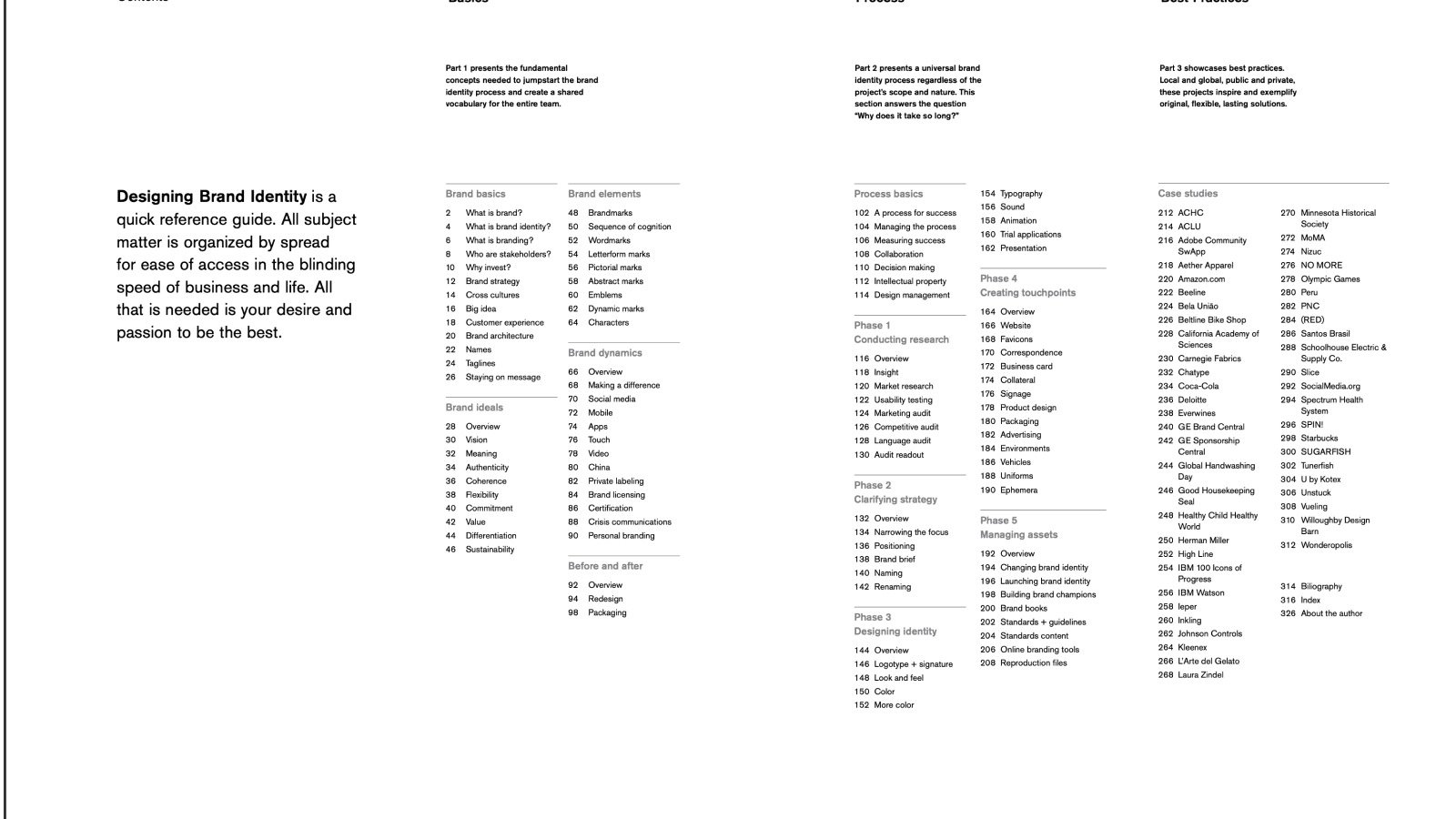
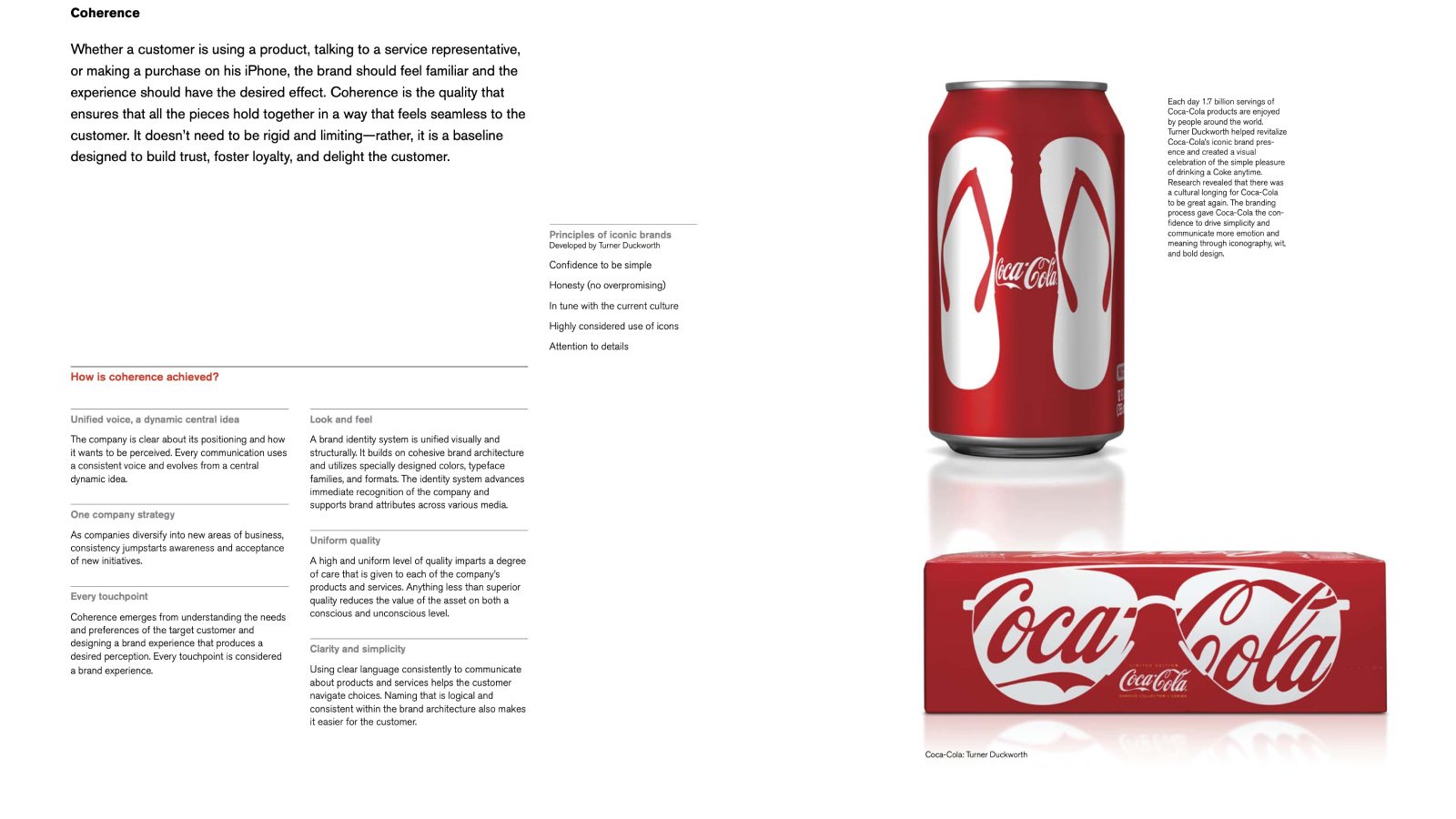
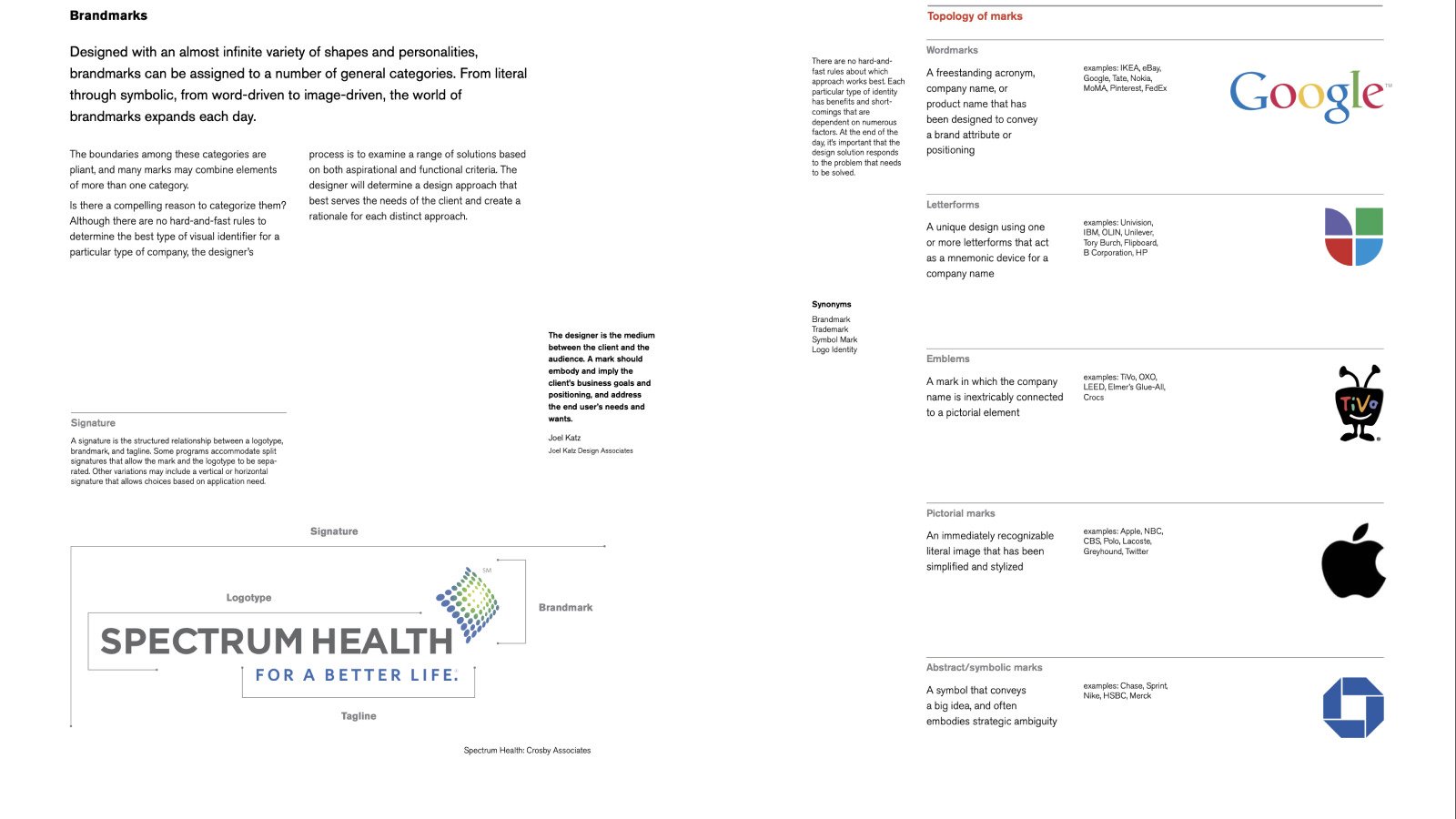
An Essential Guide for the Whole Branding Team
Brands are built over time. I've been the head of design at the luxury brand Ethos Watch Boutiques in India for over 13 years. Ethos specialises in luxury watches as a retailer, with more than 60 physical stores (and counting), dealing with some of the oldest Swiss brands, including Rolex, Omega, Jacob & Co, Zenith, and many more. One thing I have learned in my life is the importance of Brand Identity. Working closely with these brands, I've had the opportunity to delve into their brand guidelines, and the details they provide are truly impressive. I wish I could share, but I can't due to the nature of the business and privacy concerns.
Looking back to the 2010s, I didn't take branding seriously because it wasn't a topic many people in India discussed. It was a challenging time when everything was designed in Photoshop. Oh, man! Save me!
This experience with Ethos has grown my interest in brand identity, prompting me to read more books on the subject. If you work in the luxury industry, reading books about brand identity is essential. Have you ever wondered who creates the branding for these big brands? It's fascinating! I love branding, and I hope you do too. Try it
In the book "Designing Brand Identity," Alina discusses how branding can make a significant difference. Companies try to connect with customers emotionally, be unique, and build long-lasting relationships when there are many choices. A strong brand stands out in a busy market. People fall in love with brands, trust them, and believe in their superiority. How a brand is perceived affects its success, whether it’s a startup, a nonprofit, or a product.
The book covers many different topics, such as brand touchpoints, personal branding, deliberate differentiation in branding, brand governance, principles of brand stewardship, the visible organisation and the invisible community, customer experience, commitment to brand ideals, the difference between branding and marketing, and essence.
05. 100 Things - Every Designer Needs to Know About People
→ By Susan Weinschenk


How people focus their attention.
The book written by Susan Weinschenk has completely different thoughts. I admire her after reading this book. It's not just about design; it's about how to perceive the world and how what you see isn't necessarily what your brain interprets. Beliefs play a crucial role in the design approval process, and even simple things can make a significant difference, especially considering the cultural context from x country to x. How a person from x sees versus how a person from y sees things can be perplexing, but in the end, both perspectives are valid in their own right.
By sharing extensive research, including readings of numerous books and research articles, and merging them with her years of experience in designing technology interfaces, she aims to provide you with valuable knowledge. Consider this book as a guide that has already handled much of the challenging work for you, helping you design with greater proficiency. It will make you think a little better as a designer when dealing with clients and people, about what you see and believe, and provide a lot more information about the brain, eyes, and how to perceive things. If you're a UX designer and need data or key numbers, you should know that this book can be helpful. It will enhance your understanding as a designer, especially in interactions with clients and people. It will provide insights into perception, belief, and how the brain and eyes interpret things.
There are a lot of important facts you will discover in '100 Things.' For instance, nine per cent of men and one-half per cent of women are colour-blind. Additionally, colours have different meanings in different cultures. People tend to remember only four items at a time, and their minds wander about 30 per cent of the time. Sustained attention lasts about 10 minutes, and the 'strong tie' group size limit is 150 people, among other insights. These facts will prompt you to consider various factors before designing any component, whether it's for offline or digital use.
06. The Design of Everyday Things
→ By Don Norman
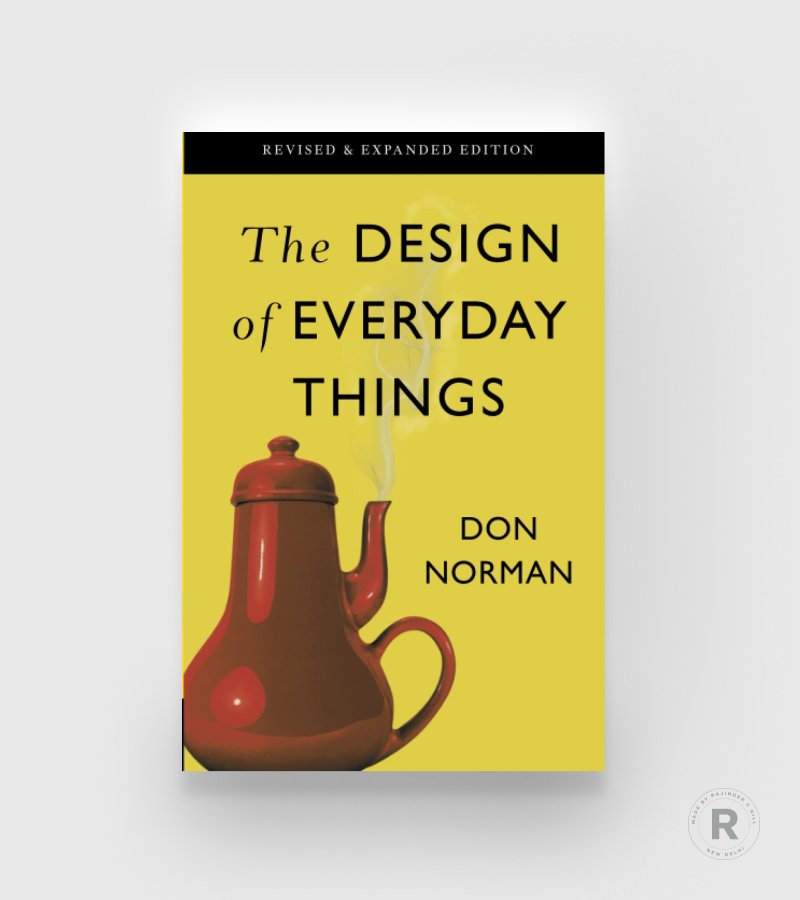
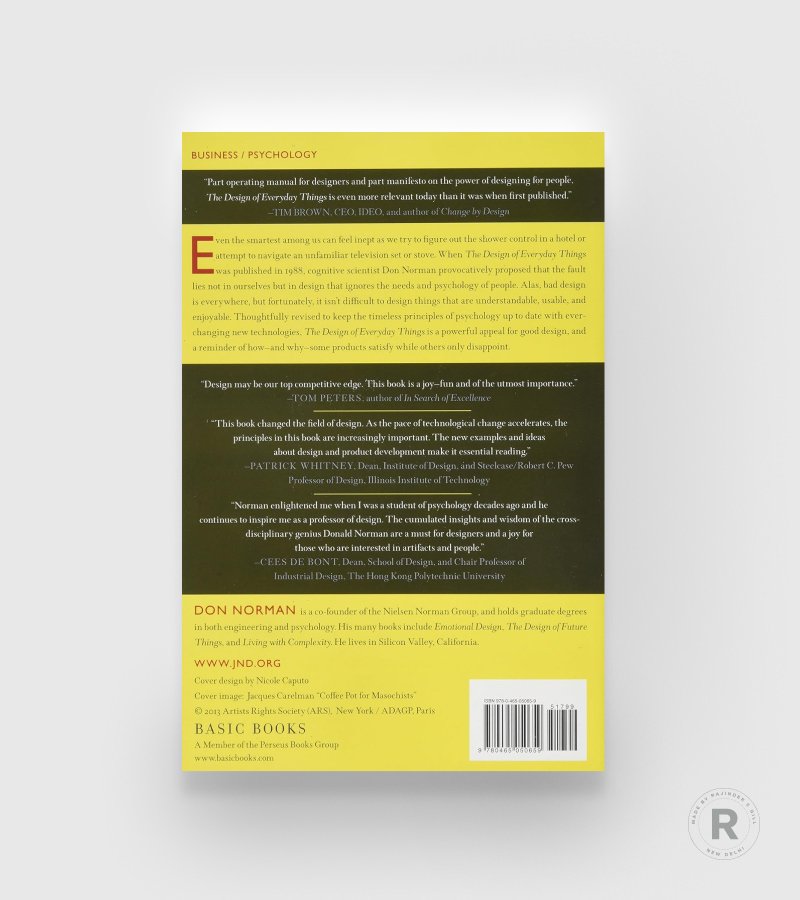
The Psychopathology of Everyday Things
This book is for everyone, not just designers. It's for everyday people and technical folks, too. I want to let you know upfront, before you begin reading, that there aren't many graphics in this book. If you just like to read and are looking for specific points related to everyday challenges, 'The Design of Everyday Things' is the perfect choice. You'll likely start noticing many truths after reading this book.
The main aim is to help readers become good at noticing silly or poorly designed things that contribute to many of the problems we face today, especially with modern technology. It also teaches them to notice the good stuff, where smart designers have made our lives easier. Sometimes, it's hard to see good design because it fits so well with what we need that we don't even notice it. It quietly helps us without making a big show of itself. On the other hand, bad design is really obvious because it loudly shows its problems and shortcomings.
In "The Design of Everyday Things," the author explains the basic ideas needed to solve problems and make everyday things enjoyable, bringing us pleasure and satisfaction. Learning to observe well and understand good design principles is a powerful tool that anyone can use, not just professionals. Why? Because we all design things in our lives – how our rooms look, how we do things – we can also find ways to fix things that don't work well. One big goal of this book is to give you control over your life: to help you choose things that work well and understand how to fix those that don't.
07. Steal Like an Artist
→ By Austin Kleon
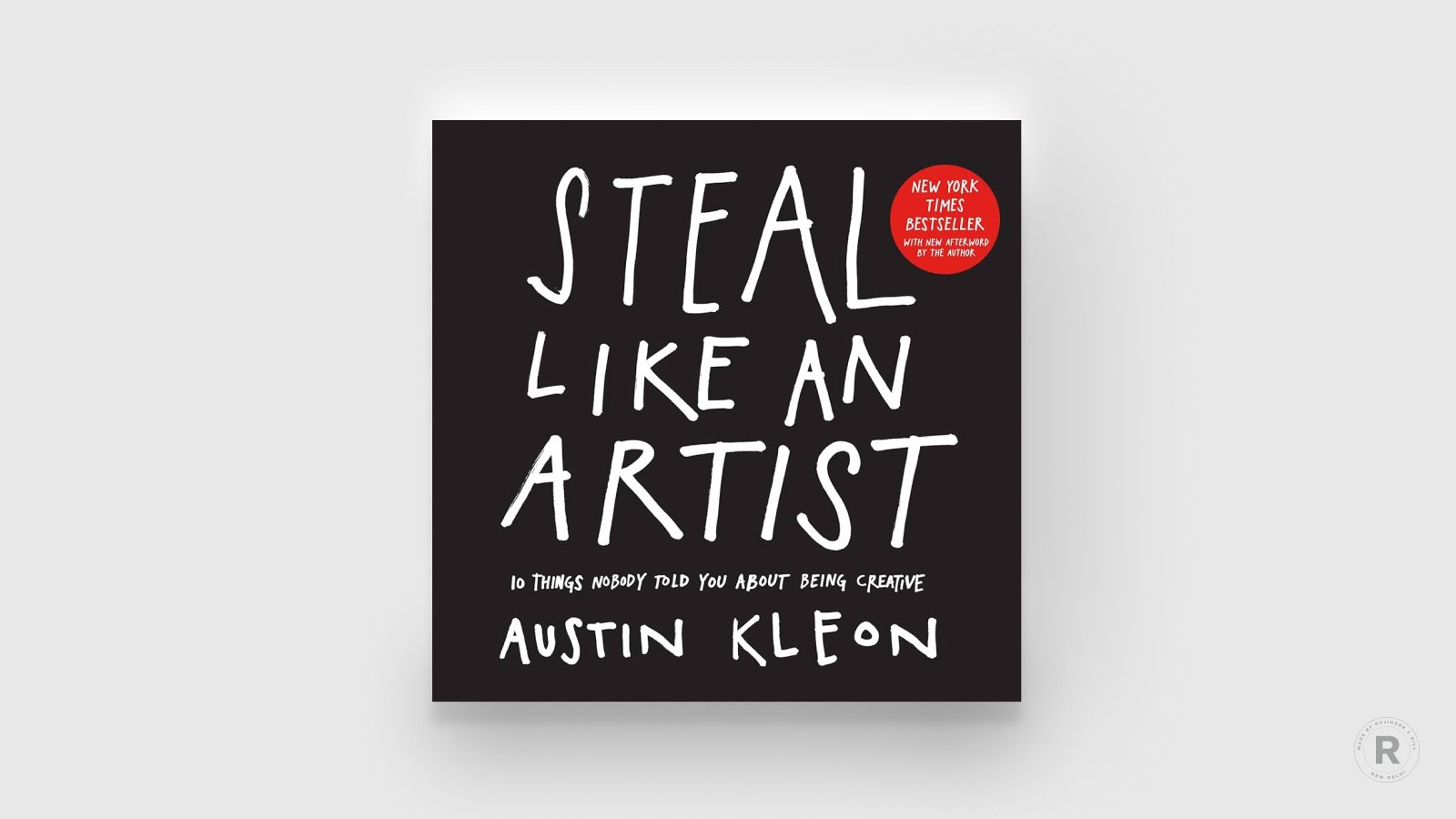
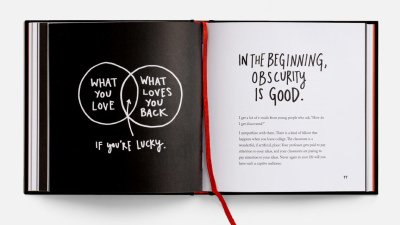
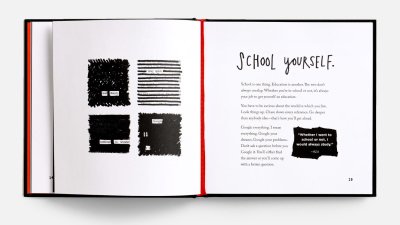


"Art is theft"
Pablo Picasso
I can say that every designer worldwide must have, at the start of their career, felt admiration for some designs. They might have even gone to social media for inspiration, taking a complete design and showcasing it to clients. I see you 🙂. As a kid from the '90s, I checked out designs on Dribbble and couldn't help but wonder how they were created. Almost every week, I spend a lot of time on Dribbble, mostly to draw inspiration—or let's call it "Steal Like an Artist," shall we? 😉 By the way, those Dribbble designs that seem too perfect are often impractical. If you're a new designer, it's better not to rely too much on Dribbble for inspiration.
"What is originality? Undetected plagiarism."
William Ralph Inge
We often ask ourselves questions like: Is it worth stealing design? How can I create something like this? Wow! People may also ask us, "Where do you get your ideas?" and the honest answer is, "we steal them." Yes, you heard it right.
The book's title, "Steal Like an Artist," tells the story of a designer having an honest conversation with themselves. The idea that 'nothing is original' is quite satisfying, especially for experienced designers who know that everyone draws inspiration from various sources, ranging from brands from X to Y, regardless of age or size.
As writer Jonathan Lethem once said, when people call something "original," nine times out of ten, they don't know the references or sources involved.
I love this book, and you might too because it's short and to the point, addressing basic questions you might ask yourself daily. Even if you don't ‘Steal Like an Artist****’**** or seek inspiration, it's still worth checking out.
08. The Fundamentals of Graphic Design
→ By Gavin Ambrose
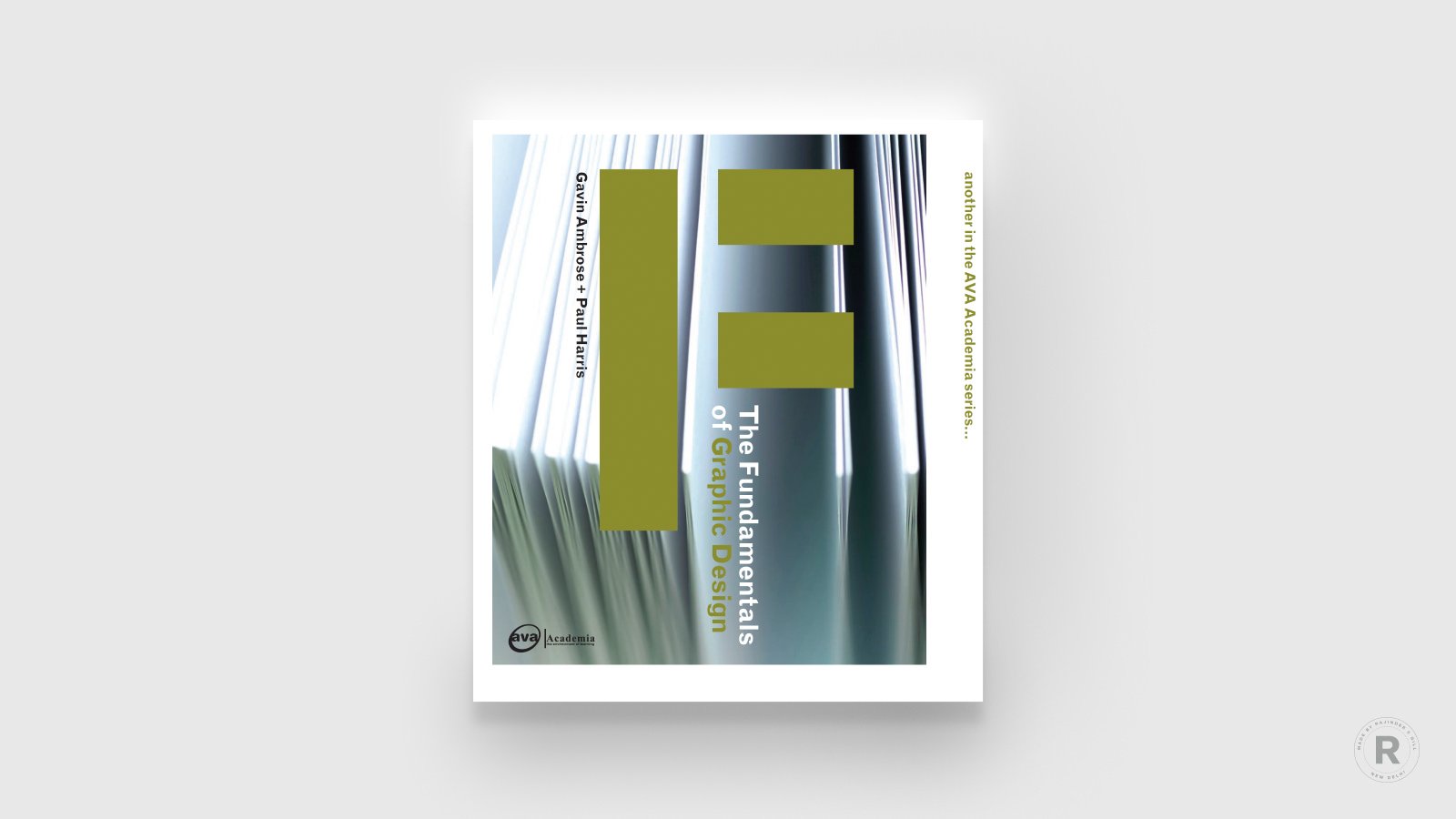
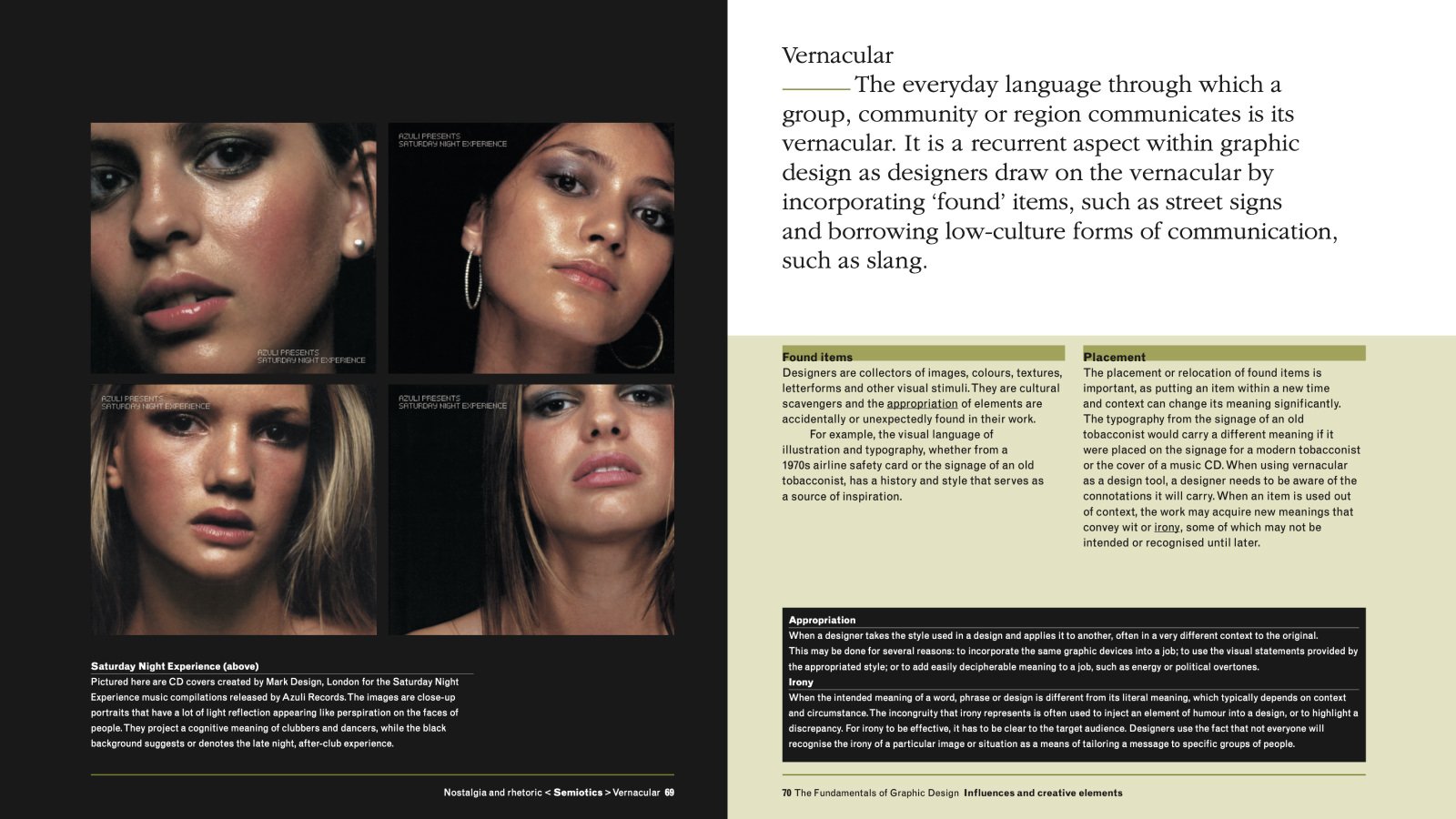
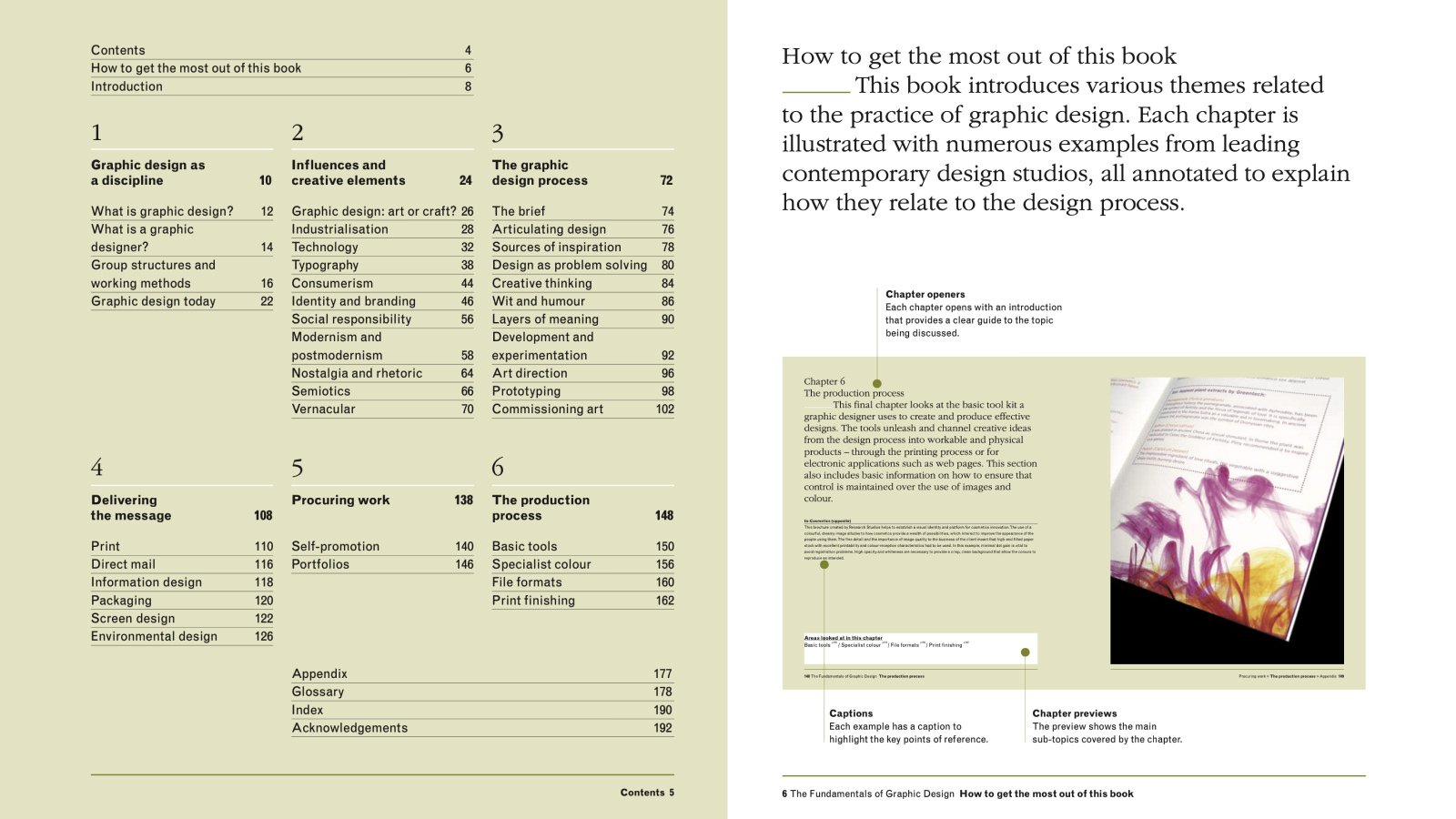


This book is about graphic design rather than being a book of graphic design.
Honestly, I hardly heard about this book online. Once I found it, I loved it. Since there are 100 job designations in the design field, and it's not easy to find a specific book on them, this book is about graphic design, rather than just being a book about graphic design.
This book is about graphic design, but it's not just full of pretty pictures. It delves into the graphic design industry and how designers work. It's not just something to look at like a coffee-table book. Sure, it has cool examples from talented designers, but they're there to help explain the important ideas and methods that graphic designers use daily.
It explores various aspects of graphic design. Each chapter shows many examples from top design studios today, and they're explained to help you understand how they fit into the design process. You might wonder, "What is graphic design?" or "What does a graphic designer do?" The book covers topics like how design teams work, what inspires them, the steps in graphic design, solving design problems, thinking creatively, adding humour and cleverness, finding deeper meanings, and much more. Reading this book will teach you a bunch of stuff!
09. Design is a Job
→ By Mike Monteiro
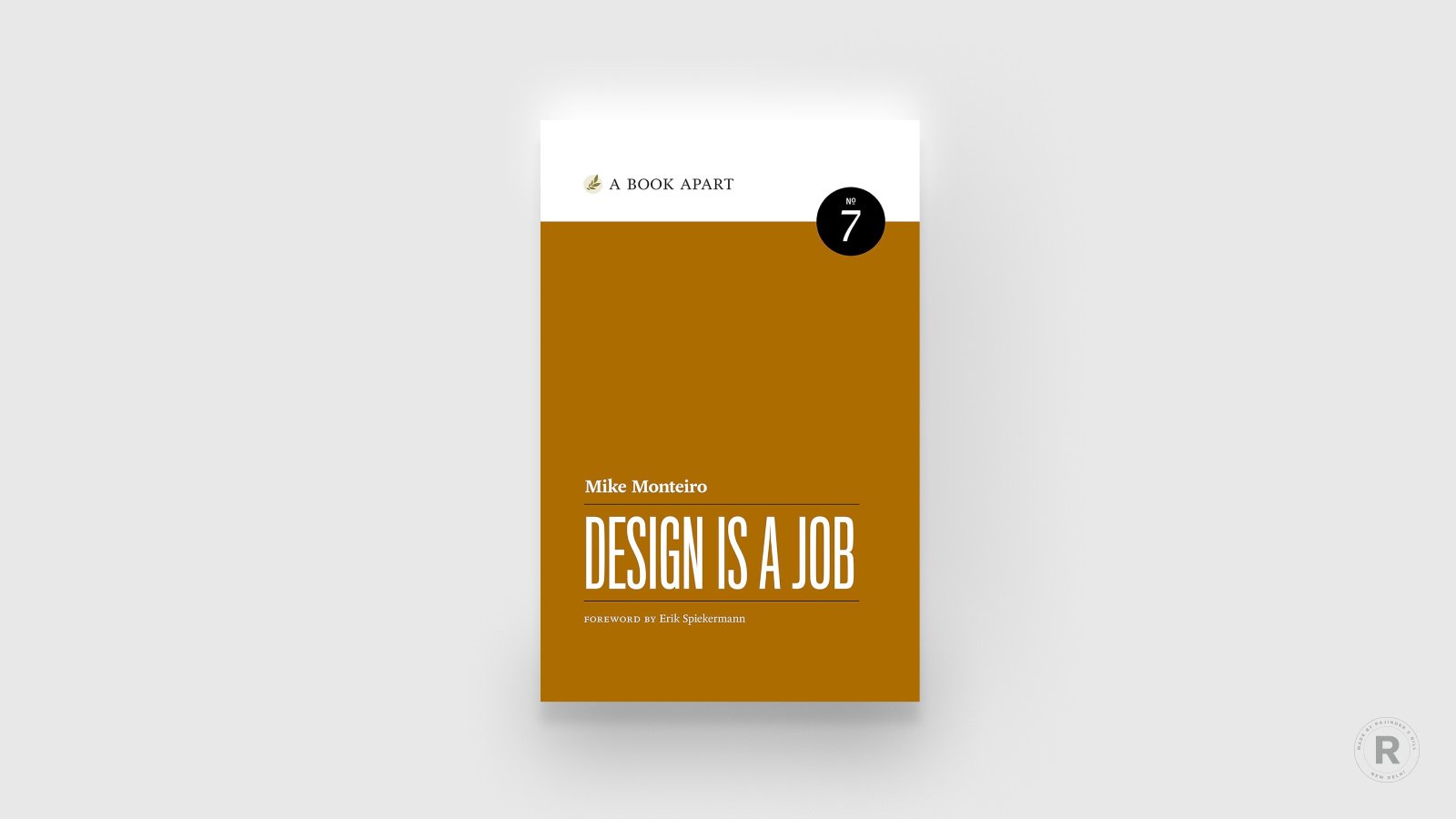
A designer solves problems within a set of constraints.
The author of this book, Mike Monteiro, shares his own experiences and insights from his company. As a co-founder, he discusses practical matters and addresses some basic questions you might have before opening your studio or that are always on your mind.
Mike mostly discusses client services and web design because that's his expertise. But this book has something for you no matter what job you're in—whether you're a freelancer, work at a startup or a big company. You don't even have to be a designer to find it useful. Whether you're into visual design, graphic design, web design, interaction design, photography, blogging, or even modern dance, this book provides tips to improve your performance.
Web design is like being good at many things and focusing super hard. That's what the ‘Design is a Job‘ short books are all about – they're for people who make websites. It covers the important aspects of web design and development in a cool and clear way, and most importantly, it keeps it short. Why? Because designers and developers like you don't have time to waste. The goal of every book we have is to explain complex things easily and quickly, so you can get back to your work.
10. Logo Design Love
→ By David Airey
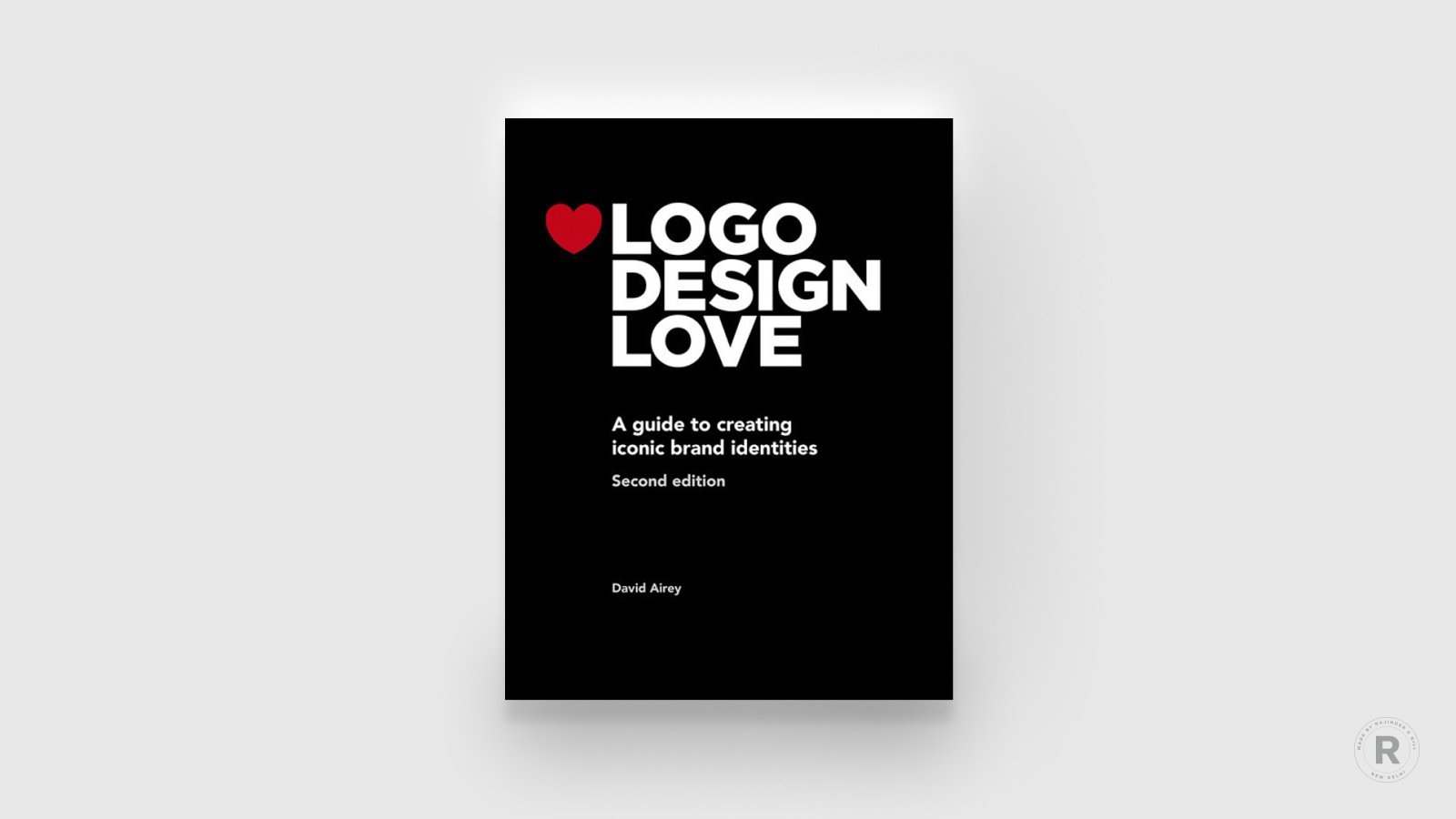
A Guide to Creating Iconic Brand Identities
The logo marks the beginning of any project; it's like the project's superhero. Since day one, you've connected memories to logos and brand identity. They are ever-present parts of our daily routine from the moment we wake up until we go to sleep. Whether you're just starting out or are already experienced, it's crucial to reconsider the significance of brand identity as a student or a designer.
In the book "Logo Design Love," David, the author of "Work for Money, Design for Love," mentioned earlier, dives into the world of brand identity, unpacking the logos and branding that surround us. With three parts and 12 chapters, he covers the design process, navigating challenges, logo pricing, the art of conversation, staying motivated, communication breakdowns, and more. It's a one-stop guide that helps me set prices and understand the design process.
David also used case studies to show you how to make a cool brand. He tells you how designers start, from the beginning to the end, including how they make good plans, generate ideas, decide on fees, and work with clients. Airey is not just talking about his own experiences with projects — he also shows you the work of famous designers like Paula Scher, who did logos for Citibank and Microsoft Windows, and Lindon Leader, who made the FedEx logo. Plus, you'll see stuff from other top design places like Moving Brands, Pentagram, MetaDesign, Sagmeister & Walsh, and many more.








